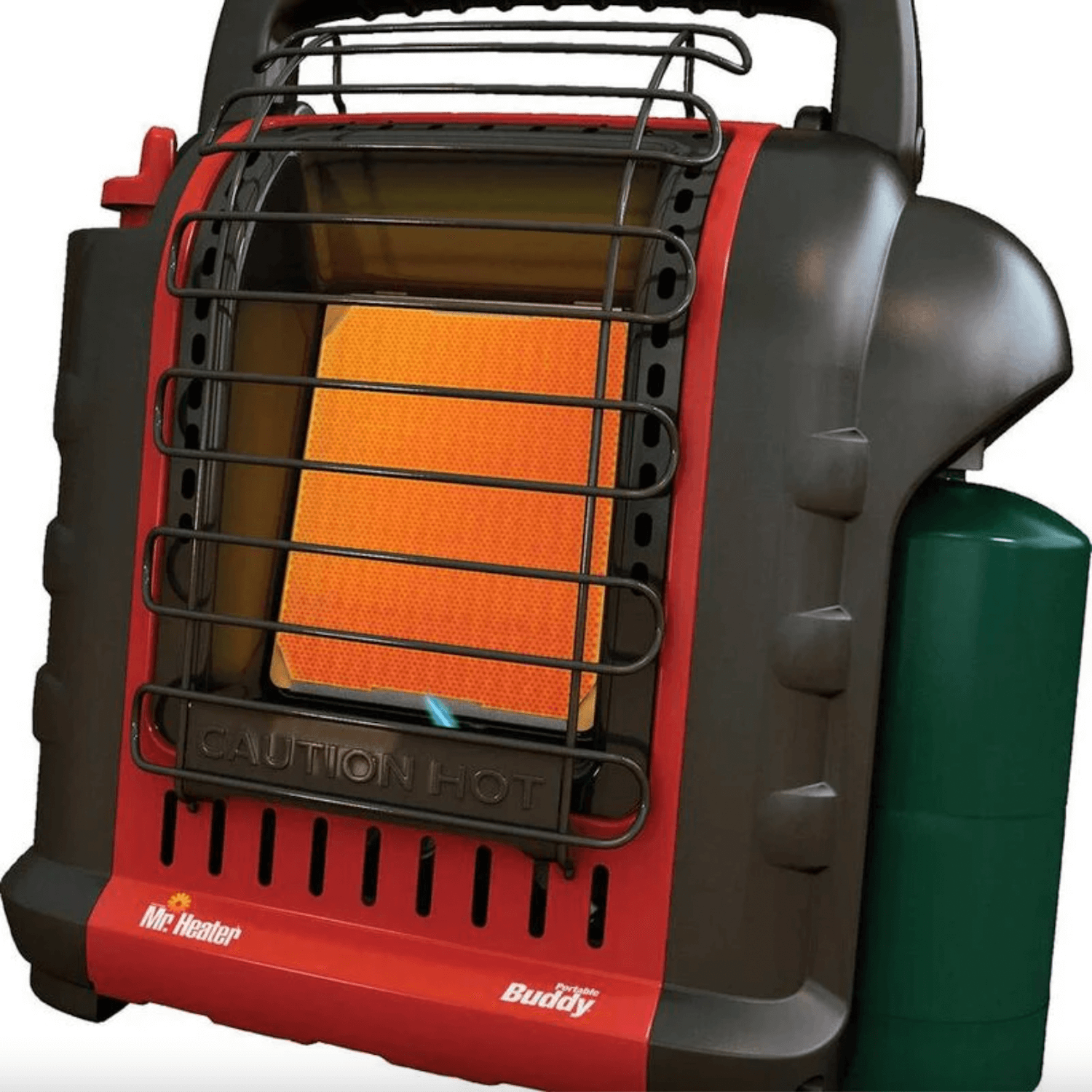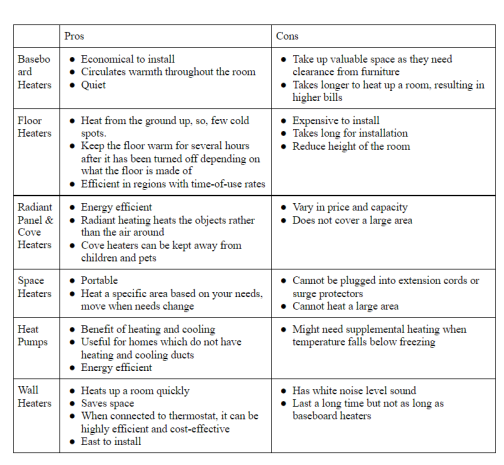Little Known Facts About 1 Source Portable Air.
Little Known Facts About 1 Source Portable Air.
Blog Article
The Greatest Guide To 1 Source Portable Air
Table of ContentsThe Ultimate Guide To 1 Source Portable AirSome Ideas on 1 Source Portable Air You Should KnowIndicators on 1 Source Portable Air You Need To Know8 Easy Facts About 1 Source Portable Air Described10 Easy Facts About 1 Source Portable Air Explained
Running prices are based on an electrical energy rate of 40c/kWh. The expenses for 3 months' usage in winter season are based on 500 hours utilize, or around 6 hours each day for three months. Optimum warmth outcome is based upon the maximum wattage of the models we've tested (we concentrate on greater wattage heaters).
On standard, small follower heating systems are less expensive to acquire, but can have higher running expenses. Oil column heaters will certainly be the cheapest on the market to run (on standard) however just by a slim margin in advance of convection heating units (like panel and micathermic panels).
The Ultimate Guide To 1 Source Portable Air
If you have a relatively easy to fix ceiling follower, it'll help distribute the heat around the area extra uniformly. The models in our electric heating units test normally variety in rate from well under $100 to over $900, but we have actually located a greater price tag doesn't constantly imply far better performance. A number of expensive heating systems have actually stopped working to impress our testers, while some less costly versions produce surprisingly good buys.
As the name suggests, they emit heat from a red-hot burner (so the family members will need to take turns being in front of it). There are flooring and wall-mounted models readily available. Radiant heating systems are reasonably cost-effective. They have a cosy glow and personal warming effect, like resting in front of a fire.
The relatively subjected heating aspect can be a fire and safety threat. A piece of garments dropped over it may ignite, or little youngsters playing around a flooring version might burn themselves, so be cautious. Glowing heating systems typically cost between $20 and $200. Oil-filled column heating systems do not actually burn oil they utilize electrical energy to warm the oil that's sealed inside their columns or 'fins'.
A Biased View of 1 Source Portable Air
Some column heating units aren't also oil-filled but instead make use of other material or home heating modern technology to work the exact same means - 1 Source Portable Air. The threat of fire with an oil column heating system is reduced contrasted to other browse around these guys heater types, however never ever zero. Oil heating systems do not have actually revealed aspects like glowing heaters do, and their surface area temperature is reduced than numerous various other heater kinds (their large surface offsets it)
Oil column heating units won't blow up, and while they don't shed their oil to produce heat, it's still combustible, so there is a fire risk if the oil leaks, if the heating system ideas over and leakages, or if flammable objects or material come right into get in touch with or drop on the heating system. You should work out the exact same degree of care with oil heating units as for various other heating unit types, and never ever hang towels or clothing over one to dry them use a drying out rack instead, a minimum of one metre away.
Column heating systems are especially helpful in areas where they'll be switched on for extended periods of time or where they'll run neglected, such as overnight in a room. The surfaces you're most likely to discuss a column heater don't obtain as warm as other types of electric heating systems. You can make use of a ceiling fan on extremely low speed to help the column heater to distribute the heat much faster and much more evenly.
If there's very little air activity (for example, if you're sitting reading or viewing television), the heat might not be distributed uniformly. Oil-filled column heating systems normally set you back between $50 and $450. Convection and panel heating units attract cool air over an electric burner. The warmed up air after that leaves the heating unit and rises towards the ceiling, while cooler air moves in to replace it.
Excitement About 1 Source Portable Air

Convection and panel heaters are more portable than their oil-filled column heater counterparts because advice they're considerably lighter. They'll heat up the air in a room equally and rapidly. Like a column heater, you can utilize a ceiling follower on very low speed to distribute the warm much faster and much more uniformly. Some versions, specifically panel heaters, are somewhat expensive to buy.

The Of 1 Source Portable Air
Follower heaters are frequently smaller sized and more mobile than other electrical heating units. They also can be found in the type of tower fan heating systems, which can be better for dispersing warmth around bigger spaces as a result of their taller profile. They can warm the air in a space much more swiftly, evenly and swiftly than a few other heating system kinds.
Fan heating units (ceramic or otherwise) typically cost between $60 and $900. Ceramic follower heating systems aren't always any different in cost to non-ceramic designs.
Report this page